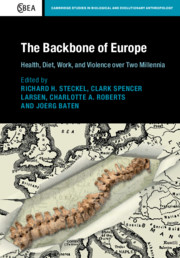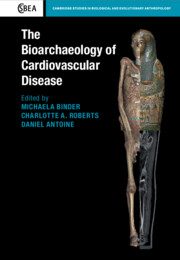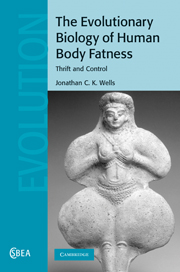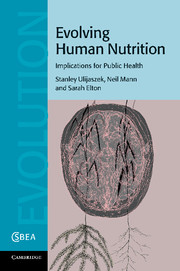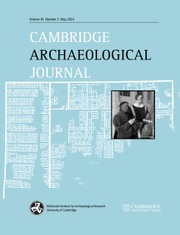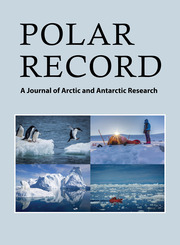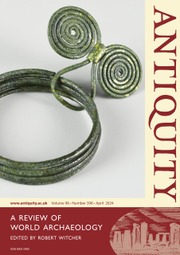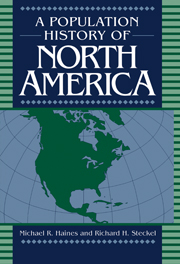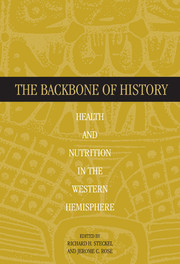The Backbone of Europe
Using human skeletal remains, this volume traces health, workload and violence in the European population over the past 2,000 years. Health was surprisingly good for people who lived during the early Medieval Period. The Plague of Justinian of the sixth century was ultimately beneficial for health because the smaller population had relatively more resources that contributed to better living conditions. Increasing population density and inequality in the following centuries imposed an unhealthy diet - poor in protein - on the European population. With the onset of the Little Ice Age in the late Middle Ages, a further health decline ensued, which was not reversed until the nineteenth century. While some aspects of health declined, other attributes improved. During the early modern period, interpersonal violence (outside of warfare) declined possibly because stronger states and institutions were able to enforce compromise and cooperation. European health over the past two millennia was hence multifaceted in nature.
- Presents the broadest bioarchaeological analysis, which makes a comparison possible between various localities in Europe and with the Western Hemisphere portion of the Global History of Health project
- Uses skeletal remains to write a history of health, violence and workload across regions of Europe over two millennia
- Provides a multifaceted picture of human health in Europe documented against many explanatory variables
Reviews & endorsements
'Over the last half-century there have been only a handful of publications that have pushed the boundaries of bioarchaeology, and The Backbone of Europe is one. This is bioarchaeology at its finest. The analysis of 15,119 human remains made it possible for the authors to discern the subtle nuances of interplay between economics, social change, and health. The Backbone of Europe is the ultimate bioarchaeological synthesis.' Jerry Rose, University of Arkansas
'This is another impressive example of the rich harvest of a daring and highly innovative research strategy: to squeeze all information from the archaeological records of human skeletons. This time, Europe is the focus of attention. The large dataset and the advanced techniques lead to many new insights into the long-term development of health, stature, workload, and violence in the continent from Antiquity to the present, challenging established views that the ‘rise of the West’ was an almost continuous process of economic and sociopolitical development.' Jan Luiten van Zanden, Utrecht University, The Netherlands
'In this companion volume to the much-acclaimed one on the Western Hemisphere, the authors chronicle in amazing detail the longitudinal and cross-sectional patterns in the health of human populations in Europe from the beginning of time to the modern era based on the physical remains of our ancestors. The 500 pages read like an exciting detective novel with a myriad of surprises along the way, and not only about health but also about diet, lifestyle, and violence. One can trace elements of a Malthusian demographic system across the millennia, beginning with the relatively good health of the Early Medieval populations and with the usual suspects of population density, inequality, income, and climate being the contributing cyclical factors. This book is a delight to read and ponder over. The reader will appreciate the immense amount of effort that went into each one of the projects.' John Komlos, University of Munich, Germany
'… foundational … a starting point for researchers in bio-demography, anthropometrics, and economic history.' Scott Alan Carson, Journal of Economics and Political Economy
Product details
December 2018Hardback
9781108421959
476 pages
252 × 178 × 26 mm
1.1kg
Available
Table of Contents
- 1. The European History of Health project: introduction to goals, materials, and methods Richard H. Steckel, Clark Spencer Larsen, Charlotte A. Roberts and Joerg Baten
- 2. Contextual dimensions of health and lifestyle: isotopes, diet, migration, and the archaeological and historical records Rimantas Jankauskas and Gisela Grupe
- 3. Measuring community health using skeletal remains: a health index for Europe Richard H. Steckel and Anna Kjellström
- 4. The history of European oral health: evidence from dental caries and antemortem tooth loss Ursula Witwer-Backofen and Felix Engel
- 5. Proliferative periosteal reactions: assessment of trends in Europe over the past two millennia Carina Marques, Vitor Matos and Nicholas J. Meinzer
- 6. Growth disruption in children: linear enamel hypoplasias Zsolt Bereczki, Maria Teschler-Nicola, Antonia Marcsik, Nicholas Meinzer and Joerg Baten
- 7. History of anemia and related nutritional deficiencies: evidence from cranial porosities Anastasia Papathanasiou, Nicholas J. Meinzer, Kimberly D. Williams and Clark Spencer Larsen
- 8. Agricultural specialization, urbanization, workload and stature Nicholas Meinzer, Richard H. Steckel and Joerg Baten
- 9. History of degenerative joint disease in people across Europe – bioarchaeological inferences about lifestyle and activity from osteoarthritis and vertebral osteophytosis Kimberly D. Williams, Nicholas J. Meinzer and Clark Spencer Larsen
- 10. The history of violence in Europe: evidence from cranial and postcranial bone trauma Joerg Baten and Richard H. Steckel
- 11. The developmental origins of health and disease: early life experiences and adult age at death in Europe: evidence from skeletal remains Charlotte A. Roberts and Richard H. Steckel
- 12. Climate and health: Europe from the pre-Middle Ages to the nineteenth century Richard H. Steckel and Felix Engel
- 13. Multidimensional patterns of European health, work, and violence over the past two millennia Joerg Baten, Richard H. Steckel, Clark Spencer Larsen and Charlotte A. Roberts
- 14. Data collection codebook Richard H. Steckel, Clark Spencer Larsen, Paul W. Sciulli and Phillip L. Walker
- 15. Database creation, management, and analysis Charlotte A. Roberts, Richard H. Steckel and Clark Spencer Larsen.

